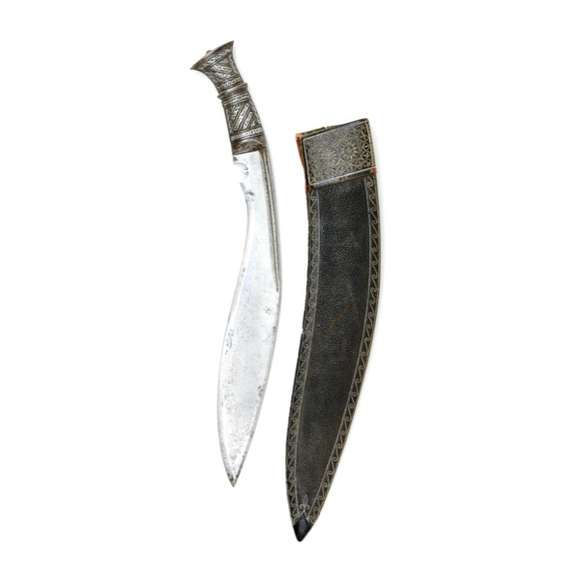Upgraded with filigree to resemble a snuff bottle.

Diameter 8.8 cm
Height 4.5 cm
348 grams
Sawasa (copper, gold, silver and arsenic alloy), gold
Probably Canton or Tonkin
17th-18th century
European antique art market
Introduction
Sawasa is metalware in black and gold that made primarily for the Dutch expat community in Asia. It was most certainly produced in Nagasaki, probably by the Chinese community there, but also in Canton, Tonkin and possibly Batavia. VOC personnel also privately traded sawasa with Europe, and today sawasa wares can be found in various museum and royal collections.
The base material is an alloy containing copper and gold, which is patinated a dark brown or black. Such black bronzes have been common across Asia, including China, Vietnam and Korea. One of the best-known and most refined among these alloys is the Japanese shakudō.
Sawasa articles usually appear in the form of all kinds of containers like tobacco boxes, but also cups and saucers, ewers, and other items for which the material is suited. Among the more rare sawasa items are a set of coat buttons and walking canes knobs. In the realm of arms and armor, sawasa was mainly used for lavish hilts for smallswords and hunting hangers.
The designs are usually chiseled to detail into a possible cast surface, and often consist of raised designs over a stippled background. They often exhibit a deliberate mix of several Asian design features, ranging from Indian leaf borders to more East Asian plum blossoms.
This example
Presented here is a rare circular sawasa box. It is is rather thick-walled and considerably heavier than most sawasa containers. The lid is decorated with raised, gilded motifs of Asian pagoda surrounded by blossoming plum trees over a black stippled background.
A border of stylized leaf shapes encircles the scene, together with two raised, gilded rings. Chiseled marks can still be seen in the sunken space between the rings, indicating that the work is not cast but carved.
The cover is a very snug fit.
Purpose
The box is still filled with residue of East Indian ink. I recognize the unmistakable smell from my early school days, when we I learned to write using the same ink and a traditional crown pen.
It being made as an inkwell might explain its excessive weight. Inkwells are often quite heavy to add stability and make them less prone to being bumped off a desk.







The only set of its type known to me in both private and museum collections.
Of nice quality, with unusual openwork silver bolster with serapendiya.
With iron, silver overlaid hilt. Its associated scabbard features fine quillwork.






